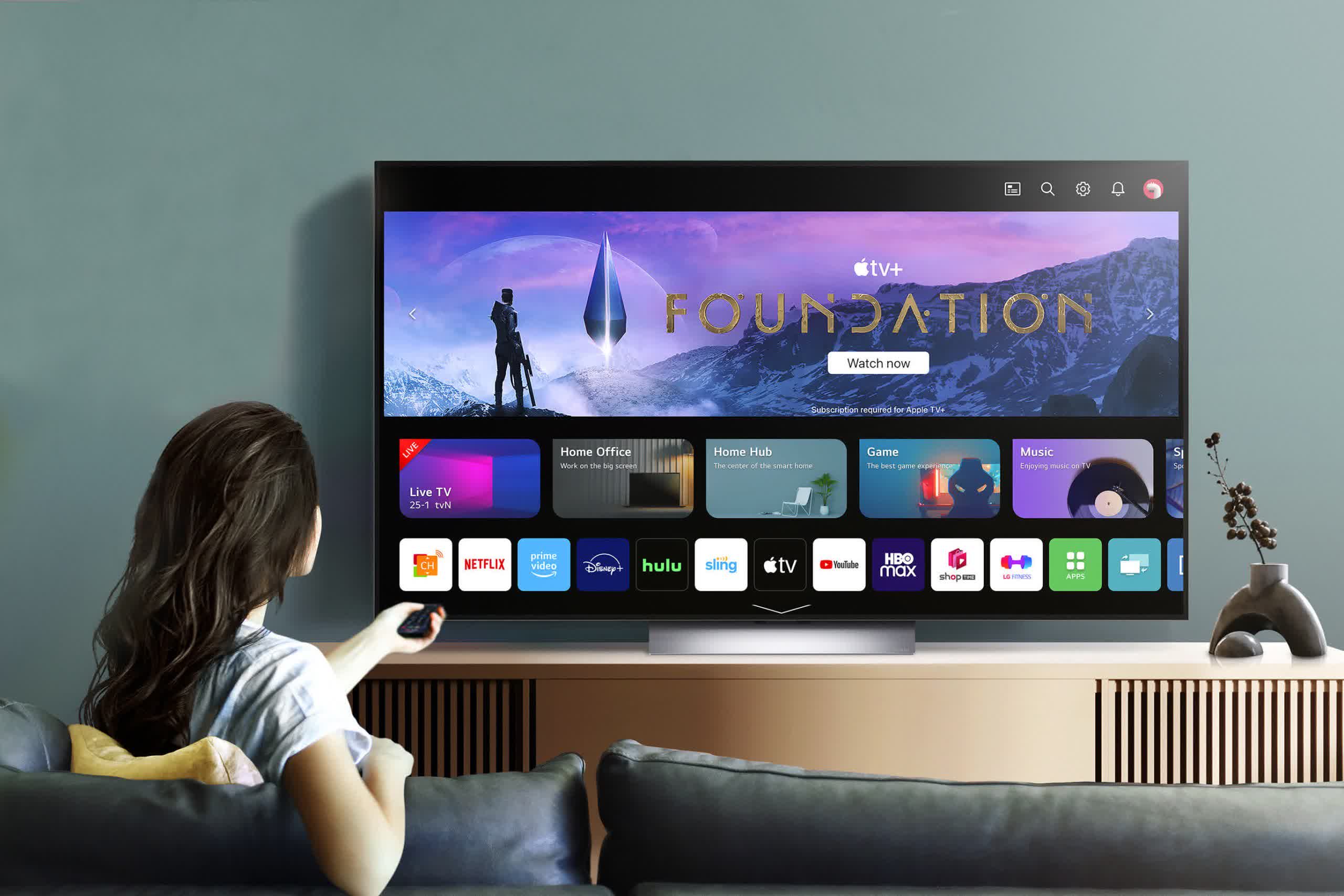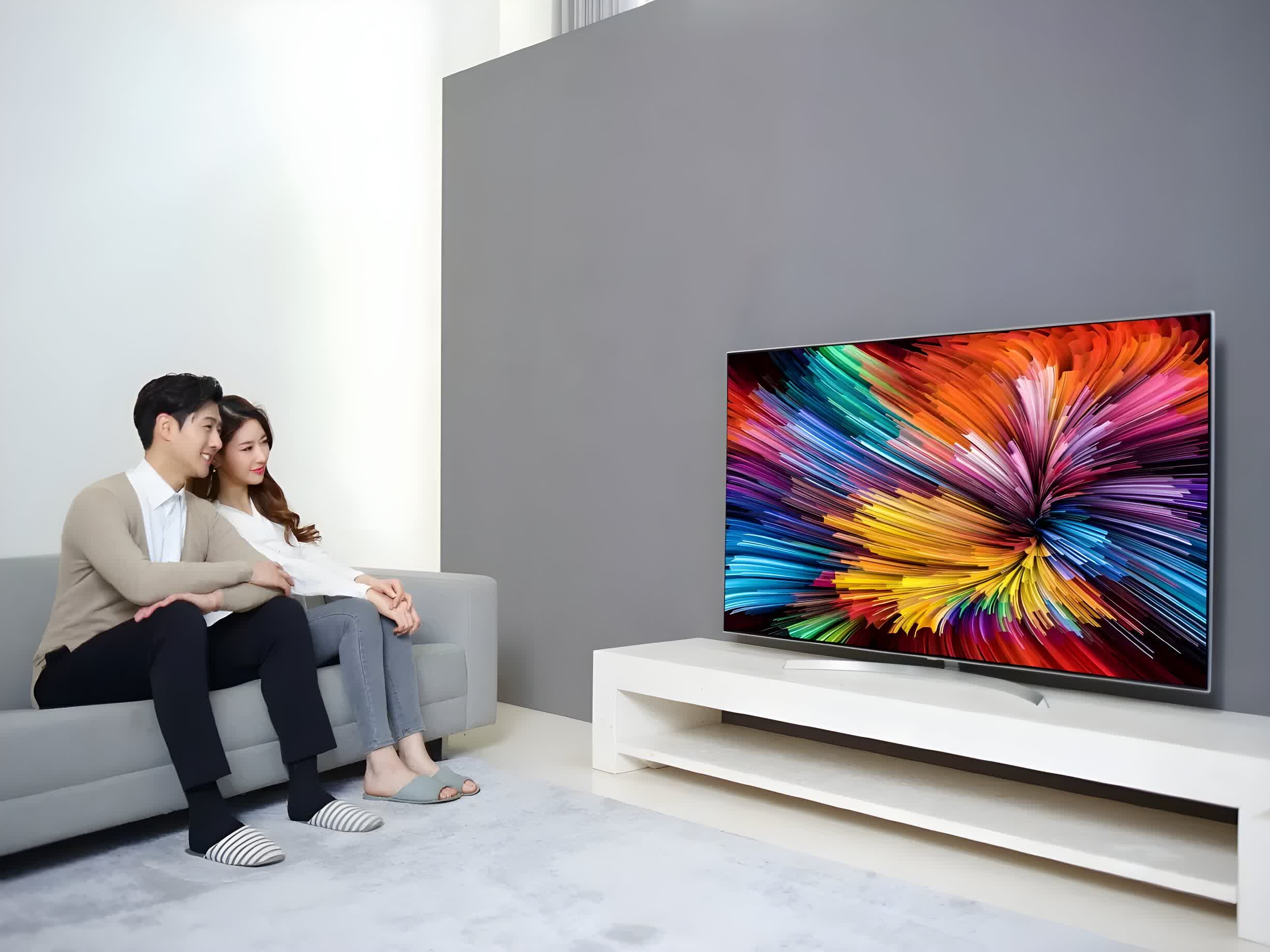In brief: Are we witnessing the beginning of the end for liquid crystal display TVs? According to an industry insider who recently spoke with a supplier of LCDs to companies like Samsung, it's believed that no further advancements will be made in the core display technology.
Update: Merck reached out to Raikes to dispute his claim that LCDs for TVs will not see major development in the future. He wrote a follow-up piece titled LCD TVs "WILL" Continue to Improve, which notes that the likes of miniLED backlights, optical components including quantum dots, phosphors, and films will continue to be developed for LCD TVs.
Bob Raikes, the managing editor of Daily Display, writes that liquid crystal (LC) material supplier Merck confirmed it has no major R&D for LC materials in larger displays.
Raikes said Merck was doing some work with reactive mesogens in the VR/AR field and developing LCs for privacy windows and antennas, but there is "no pull from clients" for significant development in LC materials.
"That shouldn't have been a surprise to me – I have been talking about the switch to OLED and other emissive displays for the premium end (and later the mainstream) of the display market for a lot of years," Raikes said. "Still, after decades of reporting on LC developments, it took a moment to sink in!"

LCD TVs certainly aren't going to suddenly go the way of 3D televisions in the next couple of years. Raikes believes there will continue to be innovation in this area, especially when it comes to backlighting, where the cost of miniLED sets is expected to decrease.
Flatpanelshd writes that the most recent development in LCD panel technology came in March when Merck developed a refinement of IPS called IPS Black for LG Display and BOE. It increases the contrast ratio of a display to allow deeper blacks.
There are plenty of excellent TVs with LCD panels available right now, and they tend to be cheaper than the high-end alternatives. The good news is that we can expect these types of sets to drop in price as their popularity starts to wane. It's telling that Samsung closed down its liquid crystal display business last year as consumer interest faltered in the face of more advanced display tech.
It seems the future of television is self-emissive displays like OLED, QD-OLED, and MicroLED, which are making huge advancements with every generation. They're coming down in price compared to a few years ago when they were prohibitively expensive for many people.
One area where LCD panels will likely stick around for longer is monitors. OLED and QD-OLED monitors are comparatively new and usually cost a fortune. The Alienware AW3423DW 34" QD-OLED for example, our pick for the best ultrawide monitor, is around $1,300.
